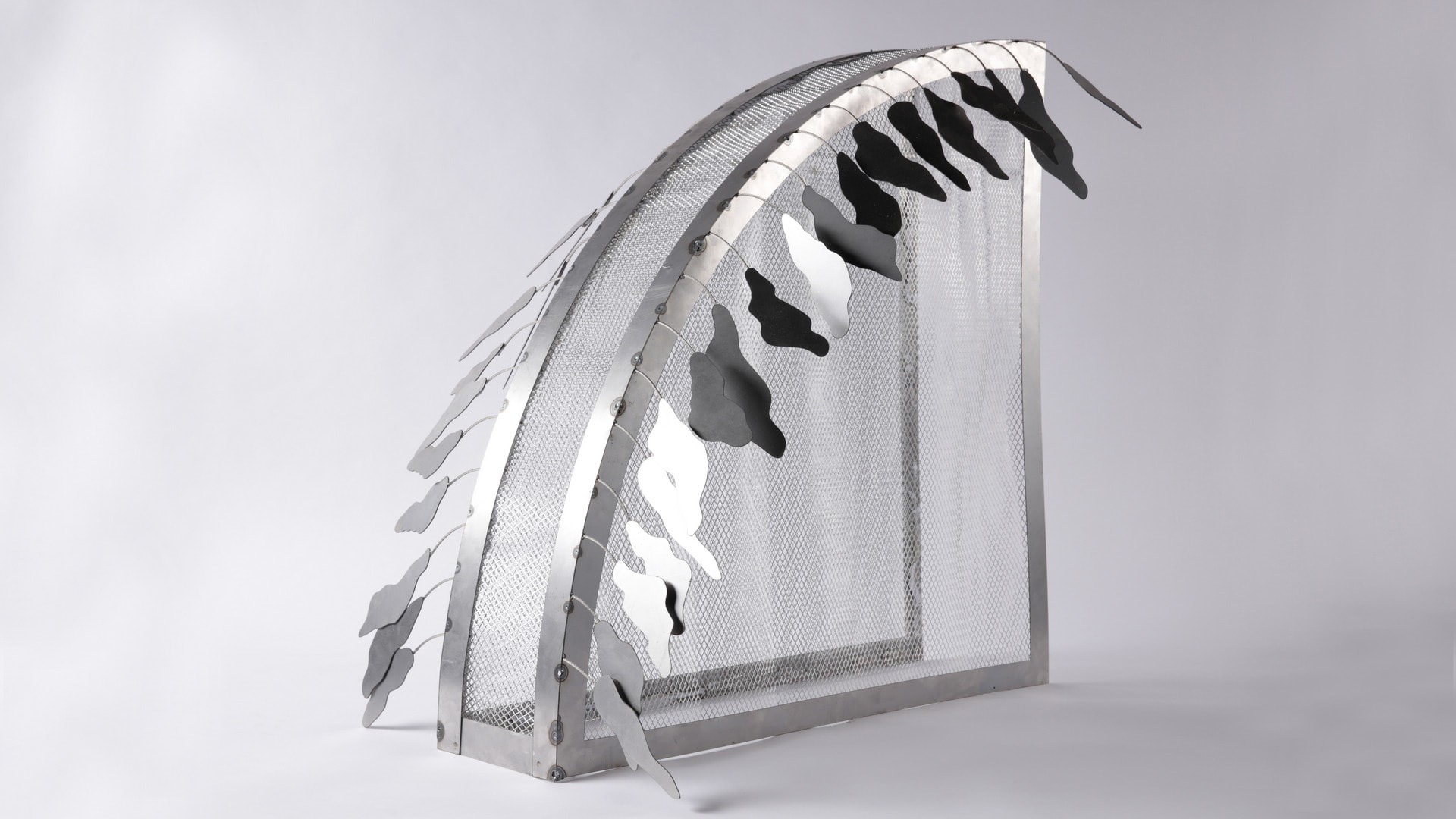Lola Tartakover is an architectural designer based in London whose work has a research-based approach with an emphasis on model-making and art practices. During her time at the RCA, Lola has engaged with entangled territories, decolonial discourse, and low-tech design methods, being awarded the Technical Studies prize for her first-year project. Lola’s thesis project encapsulates her design practice; the use of democratic procurement systems and the creation of wide-spreading impacts.
Prior to joining the RCA, Lola worked at SimpsonHaugh to implement urban program through the design of high-rise structures, and also in Malaysia at a social enterprise architecture practice. She collaborated and led projects to support indigenous communities and conserve ecology, using local materials and pioneering construction. Lola created a winning competition project for off-grid housing in Los Angeles, she has undertaken a research project for cyclone-proof architecture and was involved in organising a sustainable student design competition.
Lola completed her undergraduate degree at the Manchester School of Architecture. Her final project was nominated for the RIBA precedents medal and the Shephard Robson Jicwood Prize, along with awards for her model making.


















